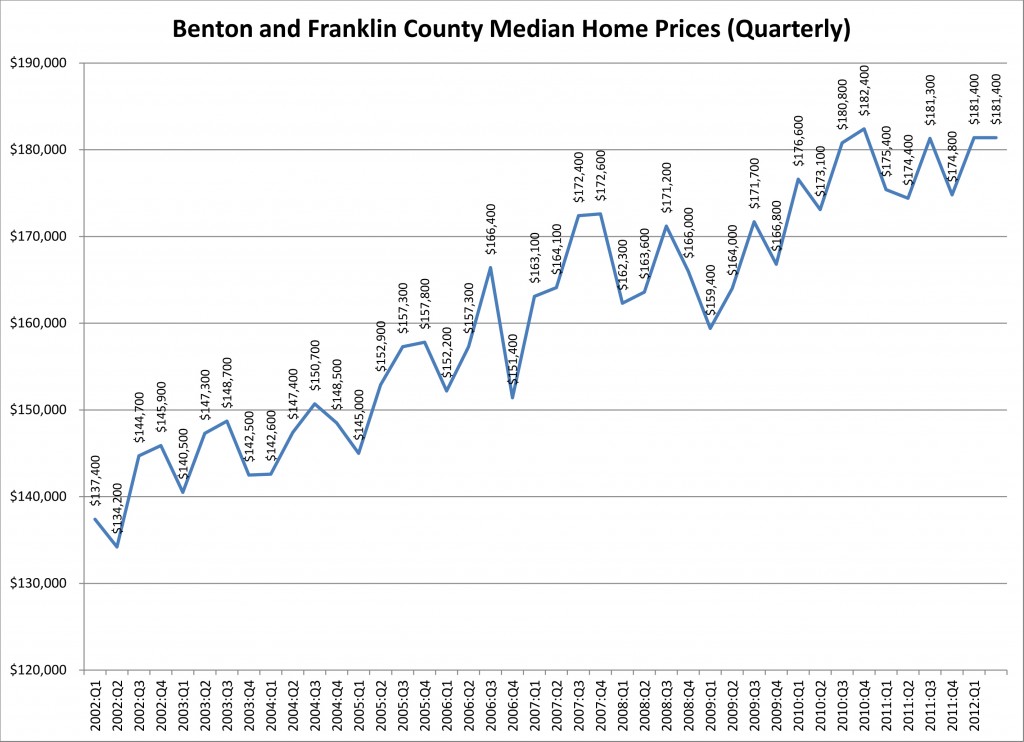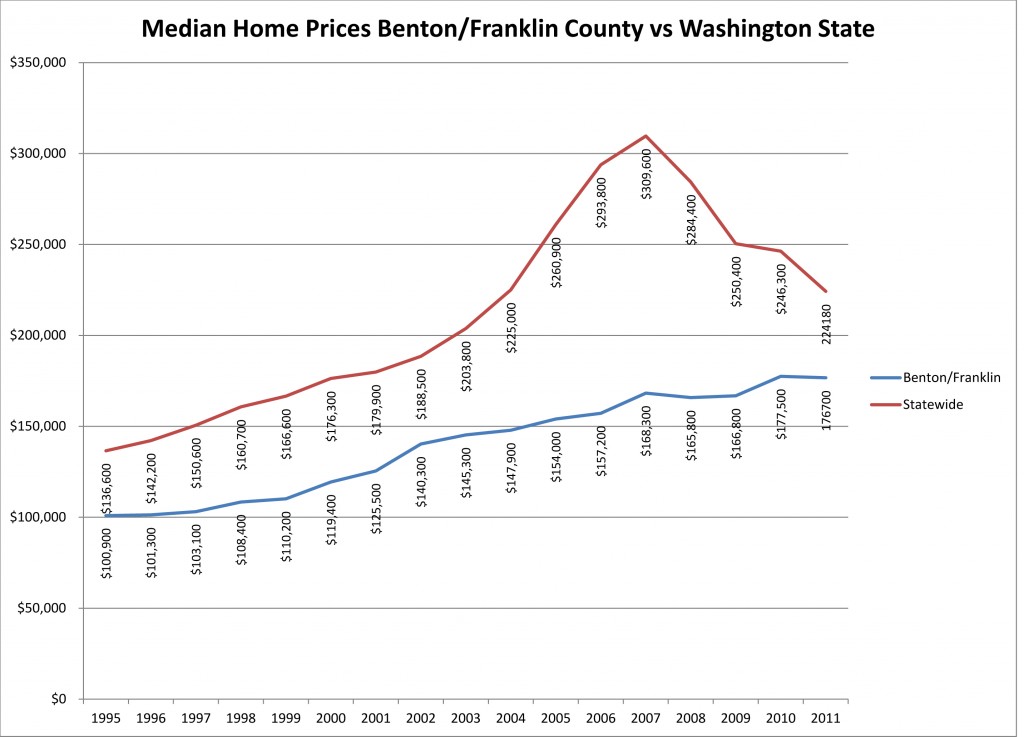With a little preparation and the guidance of a professional real estate agent at Referred Real Estate, you can help make the sale of your home go much more smoothly. Key factors include setting the proper price, effective marketing, and making your home sparkle inside and out.
-Inspect your home and make any necessary repairs or renovations
-Find an agent to represent you
-Tidy the exterior and give your home curb appeal
-Thoroughly clean the interior and get rid of unneeded items
Before putting your house on the market, you have the option to have a seller’s inspection. The inspection can help identify previously unknown problems, as well as give you time to make any necessary repairs or renovations. Likewise, many states require sellers to disclose known problems with their house.
Consider hiring a professional home inspector, as they can often identify problems that are easily overlooked by a novice. Important things to look for include leaks, evidence of wood rot and wood-destroying pests, structural integrity and a thorough assessment of major systems such as the plumbing, electrical, heating and cooling systems.
The right agent can help you set an appropriate price, advertise and show the house to buyers, handle negotiations, draw up offers and coordinate the closing. In short, we can help you sell your home in less time, with less aggravation, and for more money. To find the right agent, you can start by asking family or friends for a recommendation, using an agent that someone you know and trust has had a great experience with is a very good idea. Next, contact the agent and set up a meeting for a listing presentation. This is gives you an opportunity to hear the agent’s plans for selling your property, as well as learn other important factors such as:
-Information about the current market and comparable sales
-Plans for marketing the house, including advertising and open houses
-How long the agent has worked in the community, former clients, etc.
-How much money you’ll net based on different selling prices.
Give Your Home “Curb Appeal”
Even if your home is in good shape, there are probably a few things you can do to make it really sparkle. This is what’s known as “curb appeal,” and experts agree that making a good first impression is a crucial factor in attracting buyers. Improving your home’s curb appeal can be as easy as tidying up the yard, washing windows, touching up exterior paint or even adding a new bed of flowers.
Cleanliness and Clutter
Houses look a lot smaller if they’re crammed full of belongings-and you can’t just hide it in the garage either. Buyers like to imagine storage spaces full of their belongings, not yours. Get rid of clutter, and give the house a top-to-bottom cleaning. In particular, make sure the kitchens and bathrooms are immaculate. Buyers will notice right away if these rooms aren’t spotless.
If you want to go the extra mile, you might even consider “staging” your house for showings. This can be as simple as adding houseplants and some decorative lamps, all the way to hiring an interior designer to bring in elaborate rugs, antique furniture and expensive artworks.
Getting Your House Ready Inside and Out
Exterior
Mow the yard, trim hedges and edge sidewalks and driveways
Wash the windows, and repair screens and shutters
Clean oil spots from the driveway
Pressure wash the outside, or touch up paint if necessary
Keep the entryway attractive
Interior
Remove clutter and dust all surfaces
Touch-up paint scuffs
Thoroughly clean the kitchen and bathrooms
Mop floors, shampoo carpets and clean fireplaces
Organize closets so they appear spacious as possible
Clear out the garage by holding a sale or donating items to charity
Make sure light switches and the doorbell work
Store excessive photographs, trophies or other knick-knacks
Consider adding plants or other items to “stage” your home








